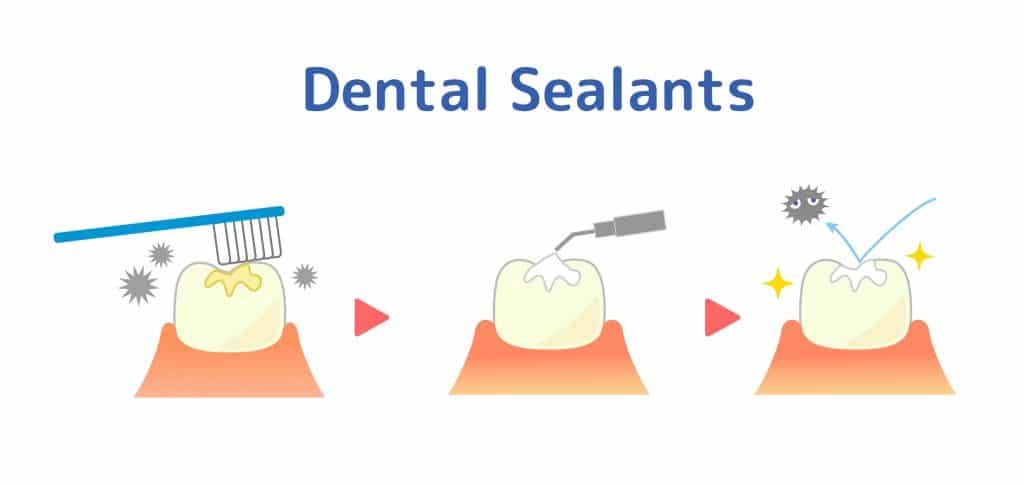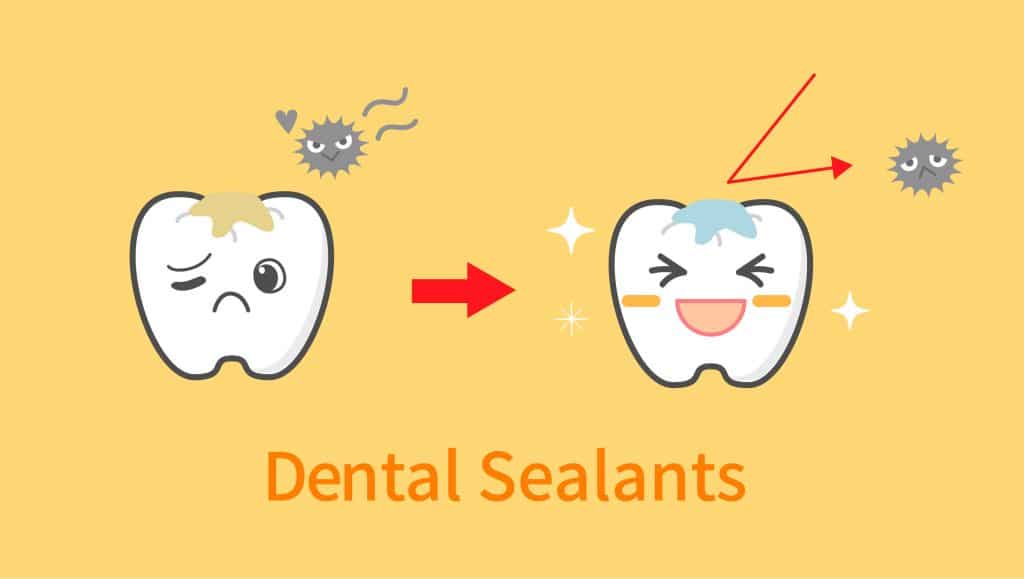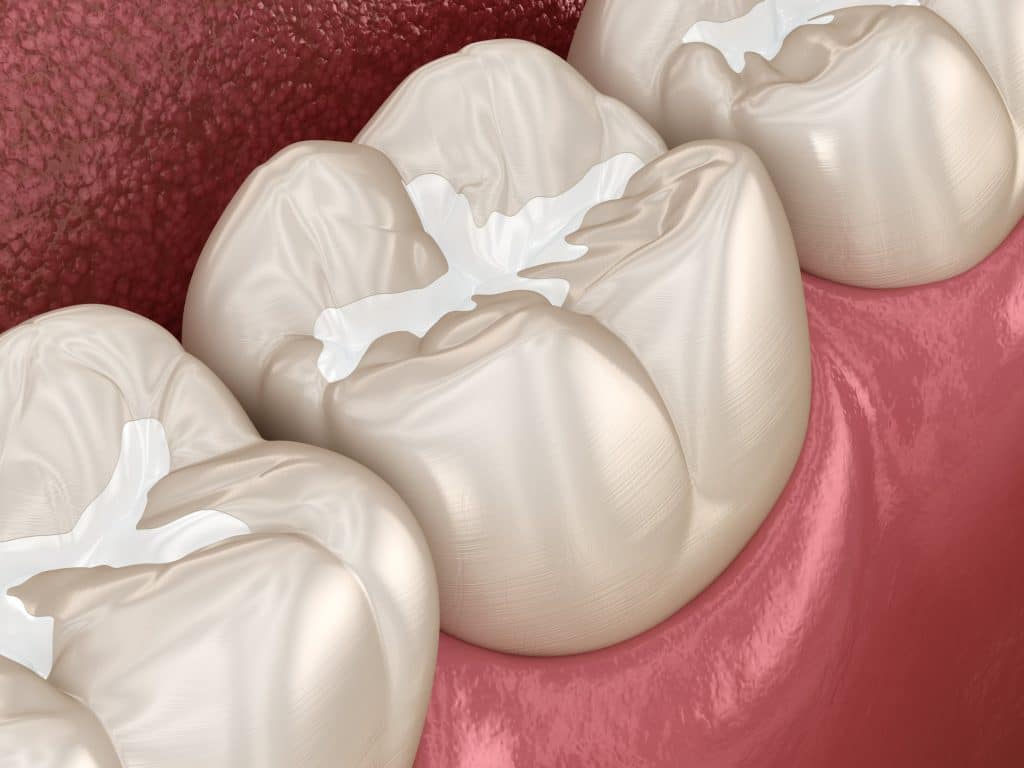Wouldn’t it be great if we could seal out bacteria from the chewing surfaces of our teeth? After all, a toothbrush bristle isn’t tiny enough to get into those little-bitty crevices on a tooth. Well, as it turns out, you can.
Everything you eat and drink contributes to the sticky film of bacteria called plaque. No matter how you or your child brushes, a toothbrush cannot remove the plaque from the chewing surface. That’s why we have dental sealants.
What is a Sealant?
A sealant is a white coating that covers the tiny crevices of the tooth’s chewing surface. While applying a sealant takes a relatively small amount of time, it can last several years before needing replacement. The patient should avoid chewing on ice (which has always been a dental “no-no”). Chewing on hard or sticky foods can also break down or even pull off a sealant. With each dental check-up, we will examine the sealant for wear and replace it when necessary. There is a three-year warranty on a sealant.
How is a sealant placed?

One asset of a sealant is that since it is clear or white, you cannot see it when you talk or smile.
A sealant does its best work on teeth that do not have fillings in them. Therefore, they are placed on children’s and teenager’s permanent teeth more routinely. However, you never outgrow the risk of tooth decay so that adults could benefit from them as well.
● The cleaned tooth is prepared to help the sealant material adhere to the tooth.
● We apply the sealant material to the chewing surfaces, where it bonds to the tooth and hardens. Sometimes, we may use a special light to help the sealant harden.
Who Can Benefit from a Sealant?
A sealant does its best work on teeth that do not have fillings in them. Therefore, they are placed on children’s and teenager’s permanent teeth more routinely. However, you never outgrow the risk of tooth decay so that adults could benefit from them as well.
Prevent Cavities Today with sealants
Call today and ask if you or your children are eligible for sealants; remember, the tooth’s chewing surface must not have any restorations in it to be able to place a sealant.


